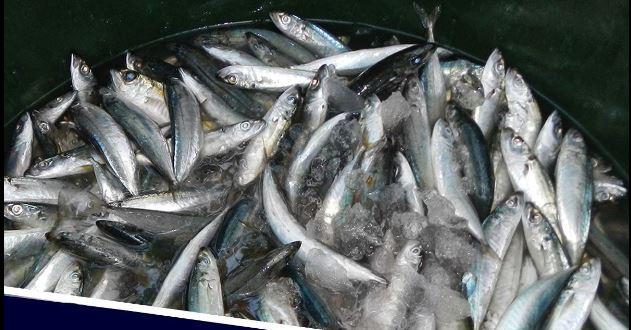Closed galunggong fishing season in Northern Palawan starts Nov. 1

The Department of Agriculture’s Bureau of Fisheries and Aquatic Resources (DA-BFAR) on Thursday announced the beginning of the annual three-month closed fishing season for round scad or galunggong in Northern Palawan.
In an advisory, the DA-BFAR said that it is strictly prohibiting the use of purse seine, ring net, and bag net in catching galunggong within the conservation area northeast of Palawan from November 1, 2024 until January 31, 2025.
“The closed fishing season is a science-based conservation measure that aims to protect target fish species during their peak spawning period,” the DA-BFAR said.
“This allows mature fish to freely reproduce, while juveniles to grow and mature, thereby promoting regeneration, sustainability, and long-term availability of these valuable fish stocks,” it added.
The closed fishing season for galunggong is already in its ninth year of implementation.
The DA-BFAR said the implementation of the closed fishing season initiative has continually yielded positive results based on scientific data gathered in collaboration with the National Stock Assessment Program (NSAP) of the National Fisheries Research and Development Institute (NFRDI).
“Most significant observations are the increase in percentage of mature galunggong catch from 58% in 2015 to 85% in 2023, which signifies that more of the species are reaching reproductive age; as well as the recorded increase in average length of galunggong from 16.7 cm in 2015 to 18.9 cm in 2023,” it said.
“These results exhibit improved fish growth, species resilience, and sustainable population, attributed to the effective implementation of the closed fishing season,” it added.
The DA-BFAR added that “positive trends”are also seen in terms of production.
“Based on data from the Philippine Statistics Authority (PSA), galunggong production in Palawan has increased from 7,507 metric tons (MT) in 2016 to 8,146.84 MT in 2022,” it said.
“This improved fisheries productivity reflects the substantial impact of conservation efforts, such as the closed fishing season, on this critical resource,” it added.
The fisheries regulator said that in 2022, galunggong ranked as Palawan's second significant fish species by volume, reinforcing its economic importance to the region.
“The government, through the DA-BFAR and other partner agencies, remains committed to continuous monitoring and assessment of the conservation measure, which not only promotes a healthier galunggong population, but also upholds national food security and sustainable livelihoods of thousands of fisherfolk,” it said.—AOL, GMA Integrated News




